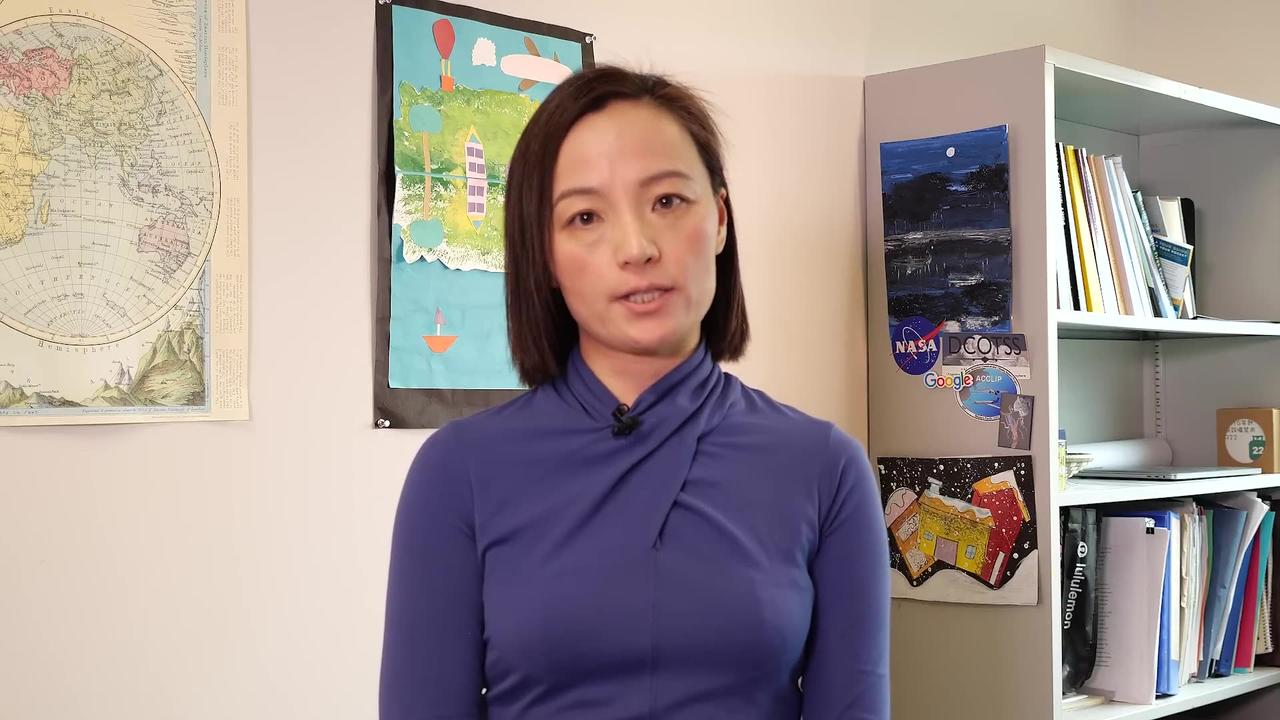
The ozone layer is a protective shield of gas situated in the Earth's stratosphere, approximately 10 to 50 kilometers above the surface.
Composed of ozone molecules (O3), it plays a vital role in shielding the planet from the harmful effects of the sun's ultraviolet (UV) radiation.
This radiation can cause various health issues, including skin cancer, cataracts, and weakened immune systems in humans, as well as detrimental effects on ecosystems. The ozone layer's importance led to global efforts, including the Montreal Protocol, to reduce the production and use of ozone-depleting substances, such as chlorofluorocarbons (CFCs).
While progress has been made in repairing the ozone layer's depletion, ongoing vigilance and environmental stewardship are necessary to ensure its full recovery.







